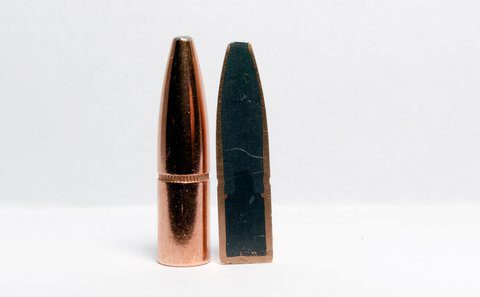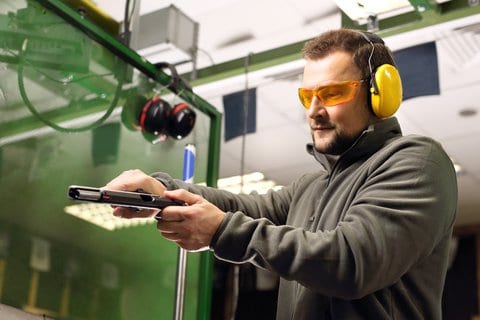When you hear the term, lead poisoning, what is the first thing that comes to mind? Maybe an old building with lead-based paint? Or contaminated water pipes? Although these are rather common causes of lead poisoning today, there’s another source of lead poisoning you should be aware of— indoor shooting ranges.

The cause of lead poisoning in shooting ranges is due to the constant discharge of lead dust from ammunition when firearms are shot. This lead dust can enter a person’s body through inhalation, if the dust becomes airborne, or it can be ingested if a person smokes, eats, or drinks without thoroughly washing his or her hands. The potential for lead exposure is present for shooting range employees and customers. Their loved ones, especially children and women of childbearing age, at home are also at risk if an exposed individual enters the home with contaminated clothing.
The Occupational Safety and Health Administration (OSHA) states that a safe blood lead level is anywhere lower than 40 micrograms of lead per deciliter of blood, although the National Toxicological Association believes that there is enough evidence that proves adverse health effects can begin as low as 5 micrograms. OSHA also states that if workers are exposed to a concentration of lead of 30 micrograms per cubic meter of air, calculated as an 8-hour total weight average, periodic blood lead levels are required to be performed on those workers.


How can we protect employees and hobby shooters?
Before you determine how to protect people, you’ll need to measure the amount of airborne lead by hiring an industrial hygiene professional to conduct air monitoring and lead wipe sampling (which determines where lead dust has settled). Once you know the amount of lead present, you can implement the following controls, if appropriate:
- Engineering – Install an air filtration system that carries the gun smoke away from shooters but also filters the air where ammunition lands. General exhaust systems are not adequate.
- Administrative – Implement a hygiene policy for employees and shooters that requires mandatory washing to limit personal and take-home contamination (lead contaminated clothing should be washed separately). Also, train employees on lead hazards. Knowledge is power!
- Personal Protective Equipment – Require employees to wear appropriate protective gear when performing maintenance.
How Safex can help
Our team of industrial hygienists is credentialed and experienced at sampling airborne and surface lead levels at indoor shooting ranges. We can:
–Conduct indoor air sampling for lead;
–Perform wipe sampling for lead dust;
–Interpret results and recommend steps to protect employees and shooters and
–Create an OSHA-compliant lead exposure plan.
Ask us your lead exposure questions or request a proposal today.
